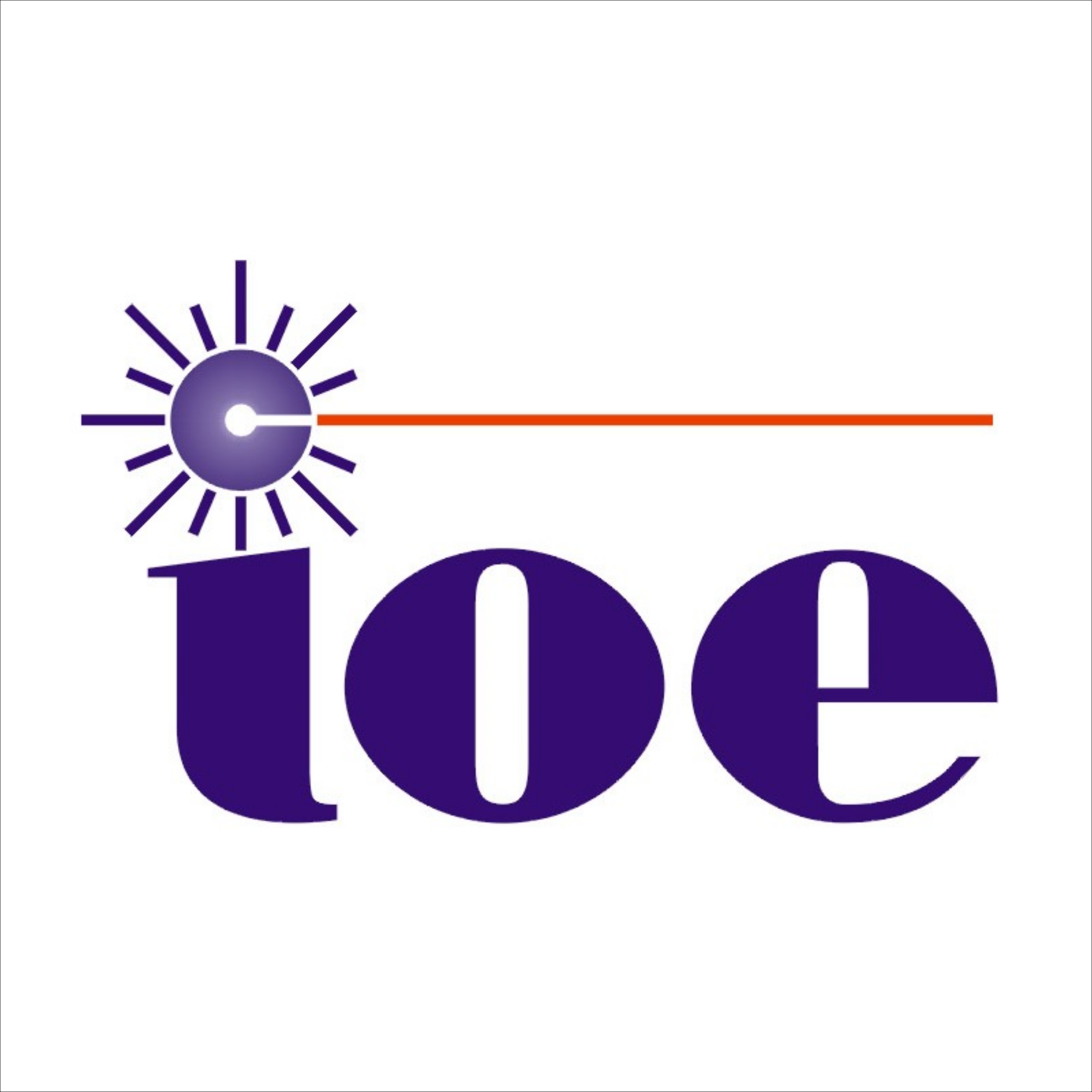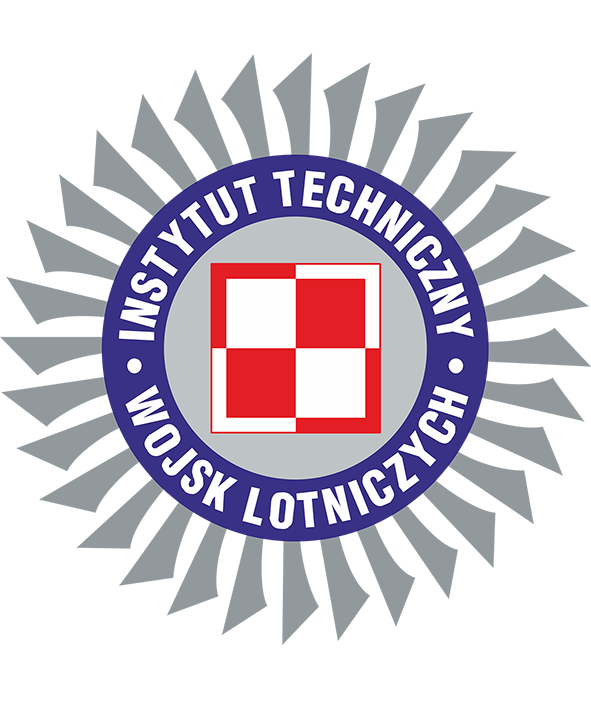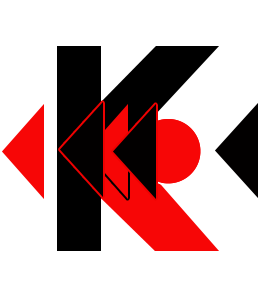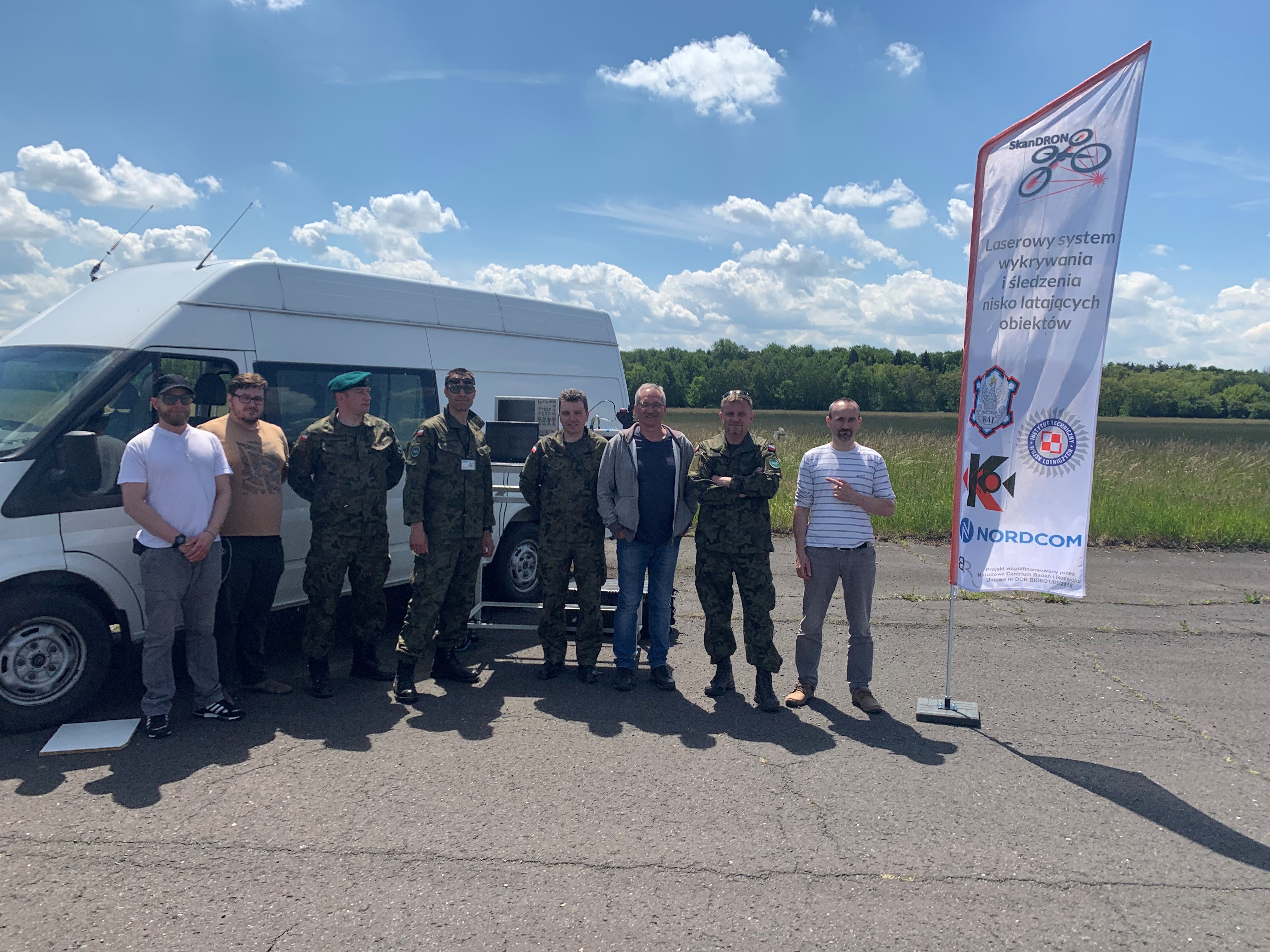SkanDRON
The system can detect and track even small objects, no smaller than 18 cm x 32 cm. They are characterised by a reflectance (a parameter determining the reflection of the laser beam) of over 20%

 Project title
Project title
Laser system for detection and tracking of low flying objects - SkanDRON
 Name of Beneficiary/Beneficiaries
Name of Beneficiary/Beneficiaries
- Jarosław Dąbrowski Military University of Technology - Institute of Optoelectronics (Leader) )
- Air Force Institute of Technology (Consortium member)
- Kenbit Koenig i Wspólnicy Sp. J (Consortium member)
- Nordcom Sp. z o.o. (Consortium member)
 Name of programme
Name of programme
Project carried out for the benefit of National Defence and Security
 Competition
Competition
Competition no. 9/2018
 Project value
Project value
PLN 9,154,198.00
 Funding value
Funding value
PLN 8,914,198.00
 Project delivery period
Project delivery period
From 10/12/2018 to 09/12/2021
Meet our team
The team after performing field tests (from right):
- ppłk dr inż. Marek Życzkowski (project manager) (second from right)
- dr inż. Marek Zygmunt (third from right)
- ppłk dr inż. Tadeusz Drozd (fourth from right)
- ppłk dr inż. Jacek Wojtanowski (etc.)
- mjr mgr inż. Marcin Jakubaszek
- mgr inż. Piotr Markowski
- mgr inż. Konrad Brewczyński
View the results of our work

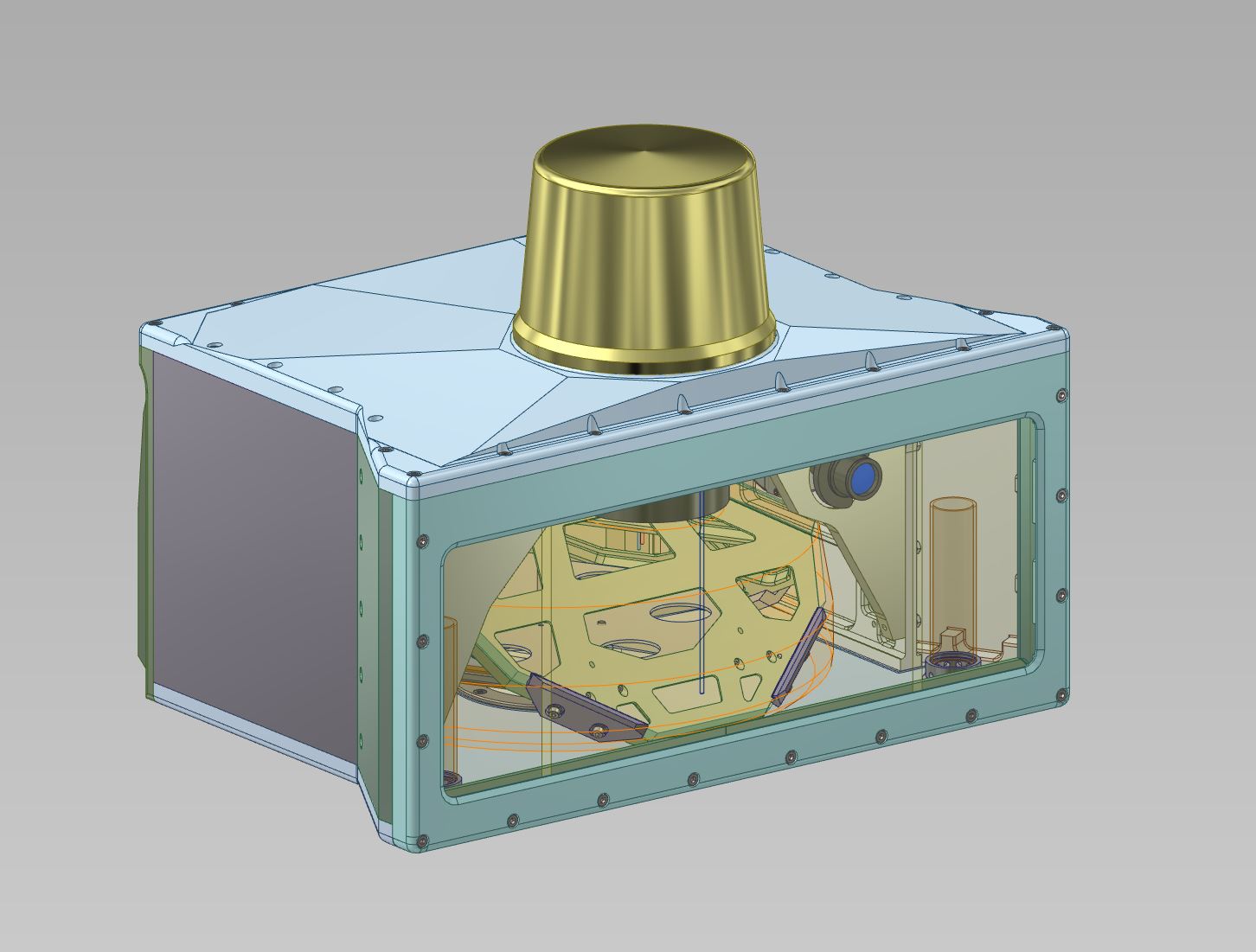
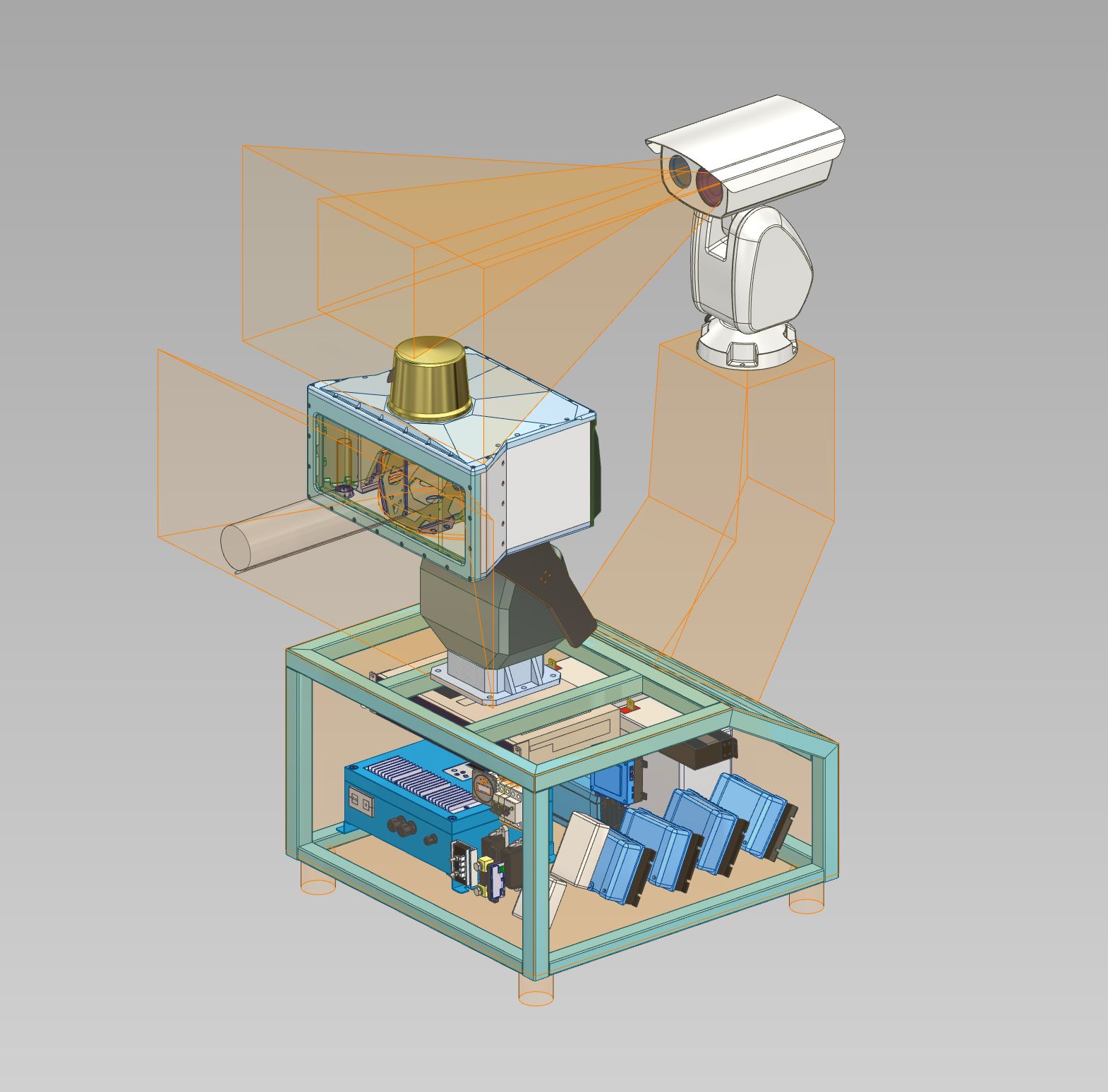


What problem is addressed by the project?
The system can detect and track even small objects, no smaller than 18 cm x 32 cm. They are characterised by a reflectance (a parameter determining the reflection of the laser beam) of over 20%. The scanner developed at the WAT Institute of Optoelectronics effectively detects such drones from a distance of 850 m. Any object larger or with higher than specified radiation reflectance is detected at much greater distances. For example, an aircraft will be detected from about a few kilometres away. The parameters shown are critical values. It means that from a distance of 850 m, the scanner will detect objects moving at the maximum technological speed. On the other hand, if the aircraft is flying slowly, the system will detect it much earlier.
A key component of the project's system is a laser scanner developed from scratch. It enables continuous monitoring of the observed sector at an angle of 120° and real-time determination of the location of emerging objects. The initial classification of objects detected in this way is made in the system based on the depolarisation signatures of the reflected radiation.
The precise position data of the detected object, determined by the laser scanner, are transferred by software to the control module of the optoelectronic head (double vision and thermal camera). Thanks to an electronically adjustable zoom, this module sets the correct camera viewing direction and optimal zoom. This solution provides a visual representation of the suspicious object and allows the system operator to verify it.
Who uses the project results?
The functionality of this system will be available to services and formations performing tasks in the field:
- critical infrastructure protection,
- security for mass events,
- protection of premises and property,
- countering the illegal use of UAVs (Unmanned Aerial Vehicles, commonly referred to as drones).
The system will counter the use of unmanned objects in a border crime. It will be used to restrict unauthorised crossing of the state border and uncontrolled flights near the state border.
